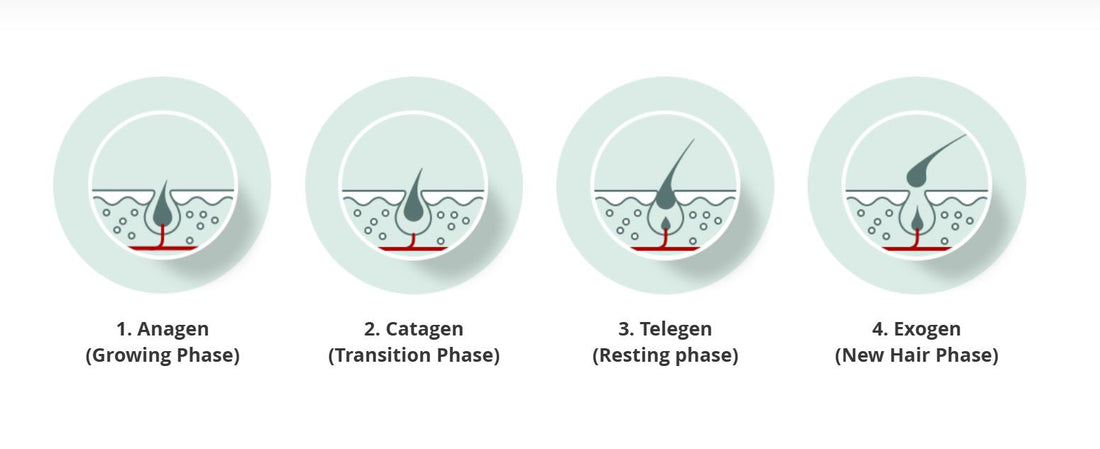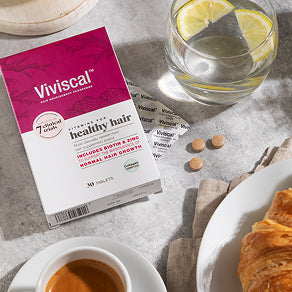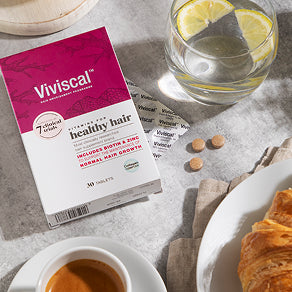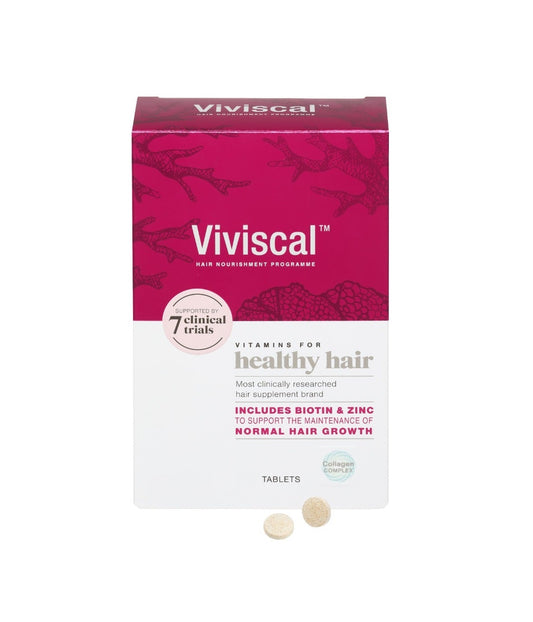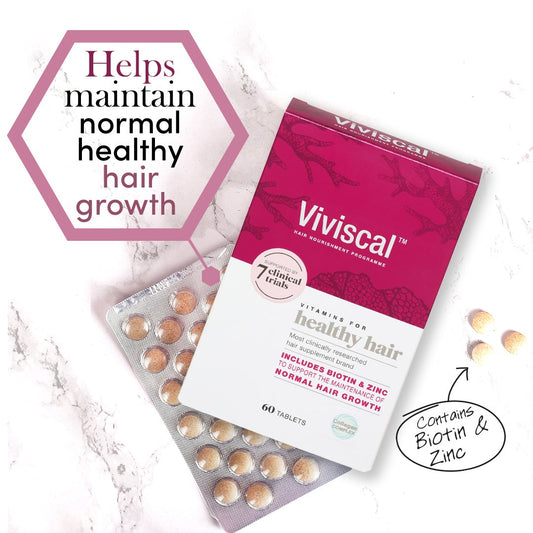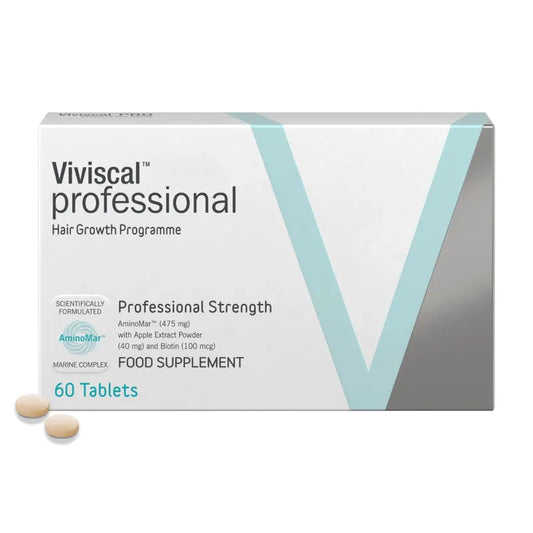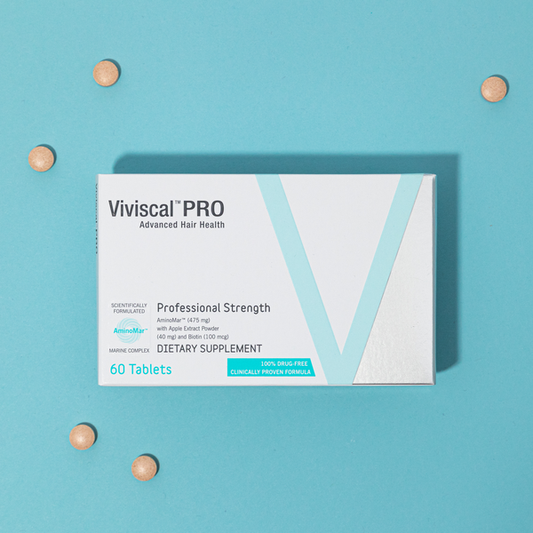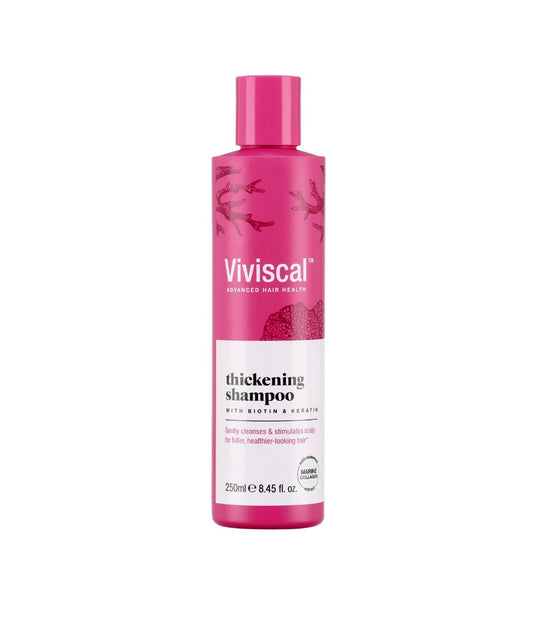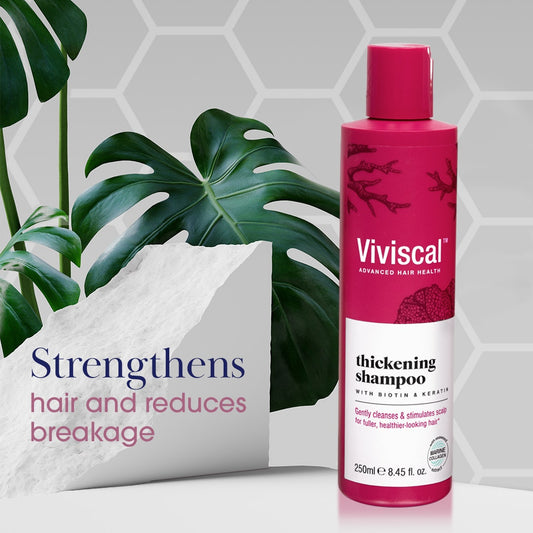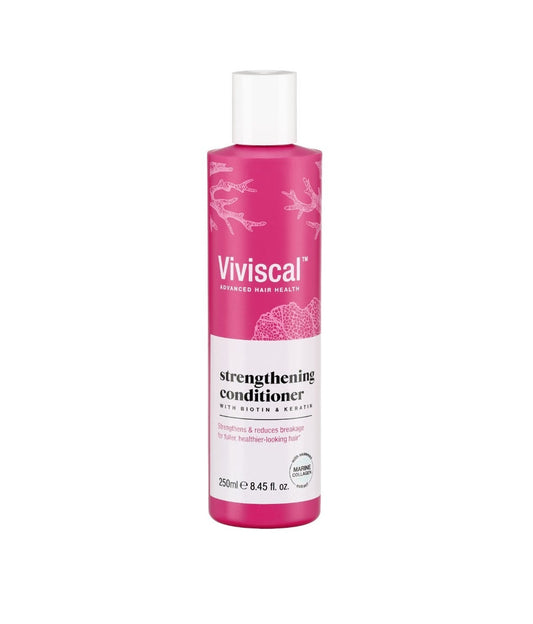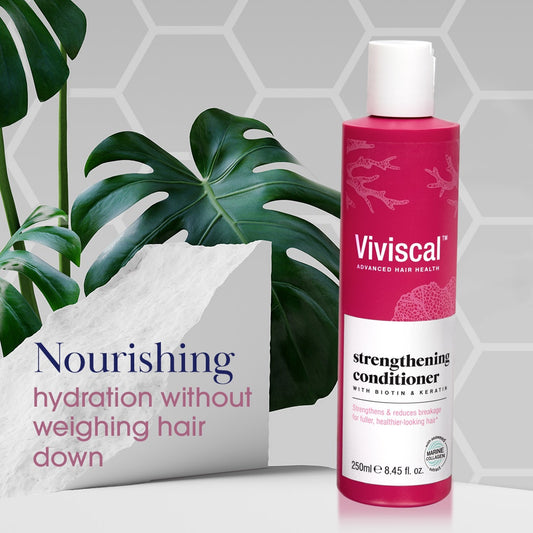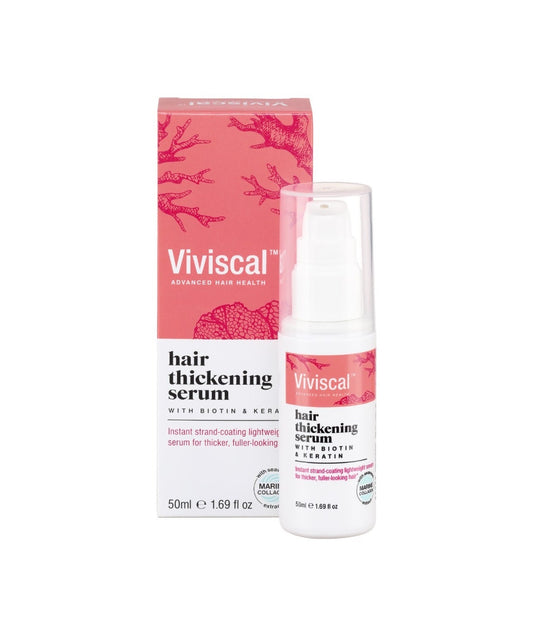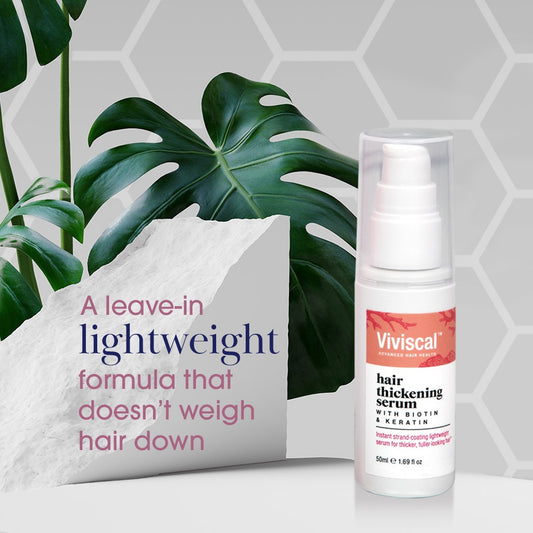How does the hair growth cycle work? A Guide To The Hair Growth Cycle
Did you know that healthy human hair typically grows at a rate of about 0.35mm each day? Over the course of a month, this totals around half an inch. And in a year? Approximately six6 inches.
While the rate of hair growth differs for everyone –— with some people experiencing accelerated rates of growth,, and others with little to no growth at all — the way in which hair grows is the same for everybody. Regardless of hair type, style, or genetics, hair grows in line with the four stages of growth in the hair cycle.
Read on to find out more about the hair growth cycle of hair and how hair is produced.
How does hair grow?
Before we get into the hair-raising details, let’s first discuss the different parts of what we know as ‘hair’.
Taking the hair on your head as an example –— under the skin of the scalp are things called hair follicles or ‘roots’. and these are what your hair grows out of these.
These follicles have direct contact with the bloodstream, from which the hair is ‘fed’. This point of contact allows the nutrients and minerals to pass through the bloodstream into the hair to give it the nourishment it needs to grow.
The hair growth stages, four cycles of hair growth
From the moment your hair starts to grow, to when it falls out, it passes through four stages:
- Anagen
- Catagen
- Telogen
- Exogen
Each and every hair on your head is at a different stage in its growth cycle. Let’s look at each of these stages individually.
1. Anagen phase
The anagen phase –— also known as the ‘growth’ phase –— and involves, you've guessed it, a lot of growth. During this time, the cells in your hair follicles experience high levels of activity and divide rapidly, causing new hair to be formed.
It is during the anagen phase that each strand of hair will experiences the most growth. Usually, this lasts for anything between 3 to 5three to five years. So, when using the figures from the start of this blog, full-length hair (if not cut) could grow between 18 and 30 inches in that time!
There are a variety of factors that affect the anagen phase, however. For example, people of Asian descent tend to have a longer anagen phase (up to seven7 years).
Why does hair stop growing when you get older?
Over time, the length of the anagen phase decreases. This is why hair growth is rapid in younger people, but in elderly people, hair growth is slower as the hair becomes weaker and thinner after each cycle.
2. Catagen phase
Up next is the Catagen phase. This period of time stage represents a period of ‘rest’ for your hair after undergoing all that growth activity. The catagen phase is usually very short (around 10 days) and signals the end of active hair growth. About 3% of all hairs on your head are in the catagen phase at any given time.
During this transitional phase, the hairs that were previously growing using nutrients from the blood supply (via the hair follicle) are now cut off — not literally!.
The blood supply to these hairs and their follicles is stopped.
3. Telogen phase
The telogen phase represents yet another period of rest for your hair and its follicles. Where the catagen phase sees the blood supply no longer reaching these hairs, the telogen phase is the period of time period where the hairs sit in place without said blood supply.
Roughly 10-15% of your hairs are in this state at once, sitting in place without actively growing. This is 10ten times longer than the catagen phase and can last up to 100 days (or three3 months).
4. Exogen phase
Lastly, there is the exogen phase. This is also known as the ‘Shedding’ shedding’ phase as many hairs are lost at this point. Here, you may notice a greater amount of hair loss – possibly losing between 50-100 hairs a day – when brushing or washing your hair.
This stage usually lasts between two to five months –— but don’t worry, new hair is constantly growing. After older hairs are released from the follicle, the whole process can begin again!
You can find out more about the elements that feed into the hair growth cycle over on our How It Works page!
Look after your hair at all stages in the cycle
Whether your hair is in the anagen or exogen phase, it all still needs protecting. With Viviscal’s hair vitamins for men and women –— and our range of shampoos and conditioners –— it has never been easier to help give your hair the nourishment it needs to grow healthily from the inside out.
If you have any more questions about the hair growth cycle, contact our team of experts today.
Use a Volumizing Shampoo & Lightweight Conditioner
How do I get more volume in my thin, fine hair? We get this question a lot at Vivisical™! Many women, especially those over 40, struggle with thinning hair and lack of volume. But don’t worry – we’ve got you covered with expert tips and tricks to add volume to thin hair. Whether you’re dealing with age-related hair thinning or naturally fine strands (or both!), these tips will help you achieve fuller-looking, more voluminous locks.
Understanding Thin Hair
Before diving into solutions, let’s address why some of us have fine or thin hair:
Genetics – Your DNA largely determines your hair type. If you have a parent with thin hair, you’re much more likely to have thin hair yourself.
Aging – Nearly everyone experiences some hair loss with age. Plus, hair follicles can shrink with age, leading to finer hair.
Hormonal changes – Pregnancy, menopause, and thyroid issues can affect hair thickness.
Nutritional deficiencies – Lack of certain vitamins and minerals can impact hair health.
Stress – High stress levels can lead to temporary thinning.
Thin hair presents unique styling challenges, like:
- Lack of body and bounce
- Difficulty holding styles
- Appearing flat, especially at the roots
- Becoming greasy more quickly
But don’t despair! You can transform the appearance of thin or fine hair with the proper techniques and products.
15 Secrets to Add Volume to Fine & Thin Hair
Before diving into solutions, let’s address why some of us have fine or thin hair:
1. Use a Volumizing Shampoo & Lightweight Conditioner
How do I get more volume in my thin, fine hair? We get this question a lot at Vivisical™! Many women, especially those over 40, struggle with thinning hair and lack of volume. But don’t worry – we’ve got you covered with expert tips and tricks to add volume to thin hair. Whether you’re dealing with age-related hair thinning or naturally fine strands (or both!), these tips will help you achieve fuller-looking, more voluminous locks.
2. Skip the Towel
When drying freshly washed hair, a regular cotton terry towel can rough up the cuticle and cause breakage to fragile, wet hair. Instead, gently wrap hair in an old T-shirt or a bamboo hair wrap designed to absorb moisture without damaging it.
3. Choose a Thickening Serum
After you’ve washed your hair, apply a lightweight leave-in product like Vivisical™ Hair Thickening Serum. Vivisical™ Hair Thickening Serum coats each strand to reduce frizz, leading to thicker, fuller-looking hair^^. Whether you air dry or blow dry your hair, this is a great addition to your routine.
^^Use in conjunction with Vivisical™ Thickening Shampoo and Strengthening Conditioner
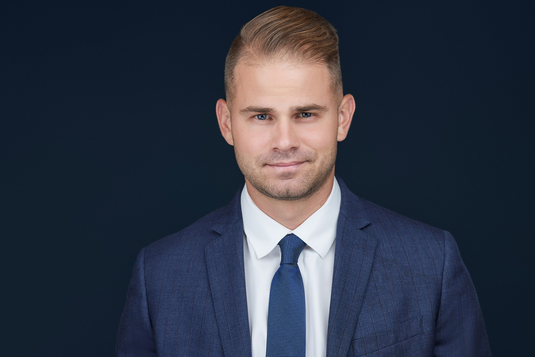
Vivisical™ has been researched, and in just one of the many studies, the people who took this supplement had more hair after taking it three months, and less hair shedding.
-Dr. Brian Heil, Doctor of Trichology
Frequently Asked Questions
How do I get more volume in my thin, fine hair?
To add volume to thin, fine hair, start with a volumizing shampoo and conditioner. Use styling products like mousse or root-lifting spray on damp hair, then blow-dry hair upside down for maximum lift. Finish with a texturizing spray or dry shampoo to add body and grip to your style.
How can I make my thin hair look thicker?
To make thin hair appear thicker, opt for a cut with long layers that create movement without losing much fullness. Use thickening products that coat the hair shaft, and consider strategic coloring techniques like highlights and lowlights to add depth and dimension. Styling hair with textures such as waves or curls can also make hair look thicker than sleek, straight styles.
How do I get more volume in my thin, fine hair?
To combat flat hair on top, apply a volumizing root spray to damp roots before blow-drying. Use the “twist and clip” method: twist sections of damp hair, clip them to your head, and let them dry for added lift. Additionally, try changing your part or using a zigzag part to create instant volume at the crown.
